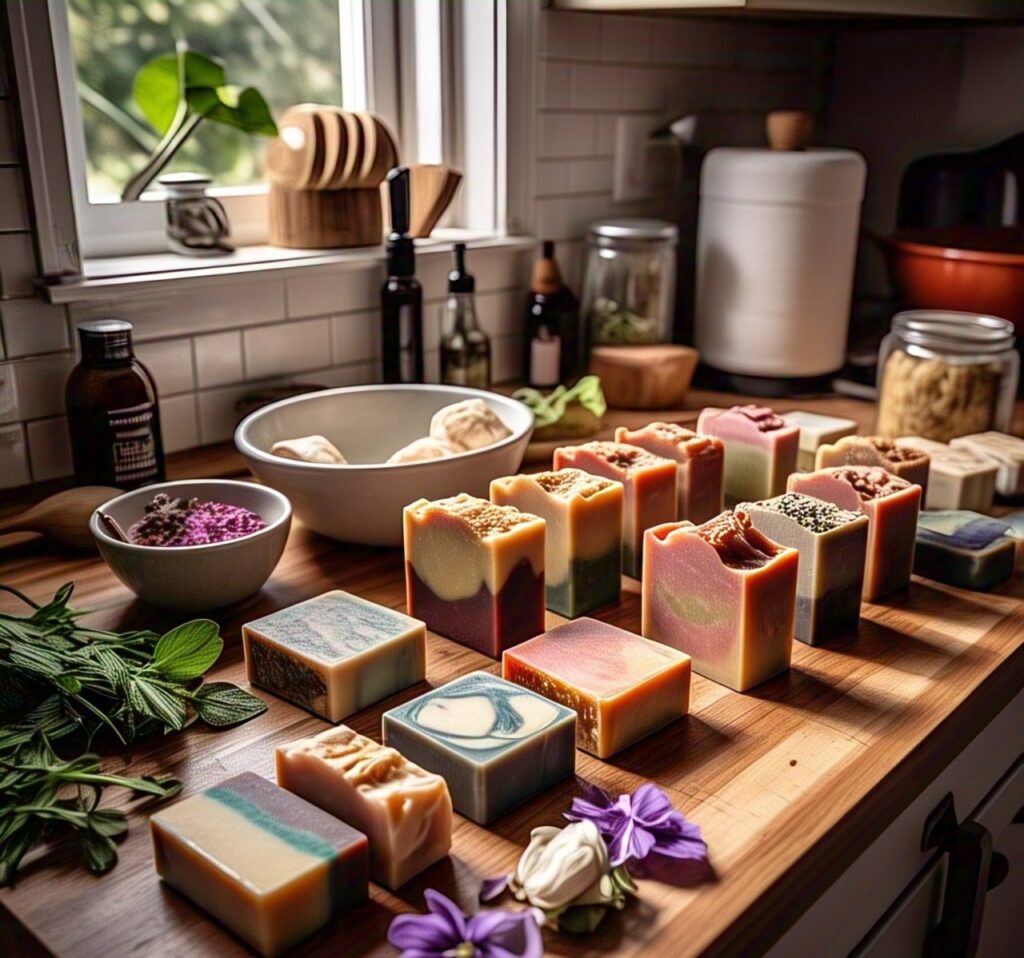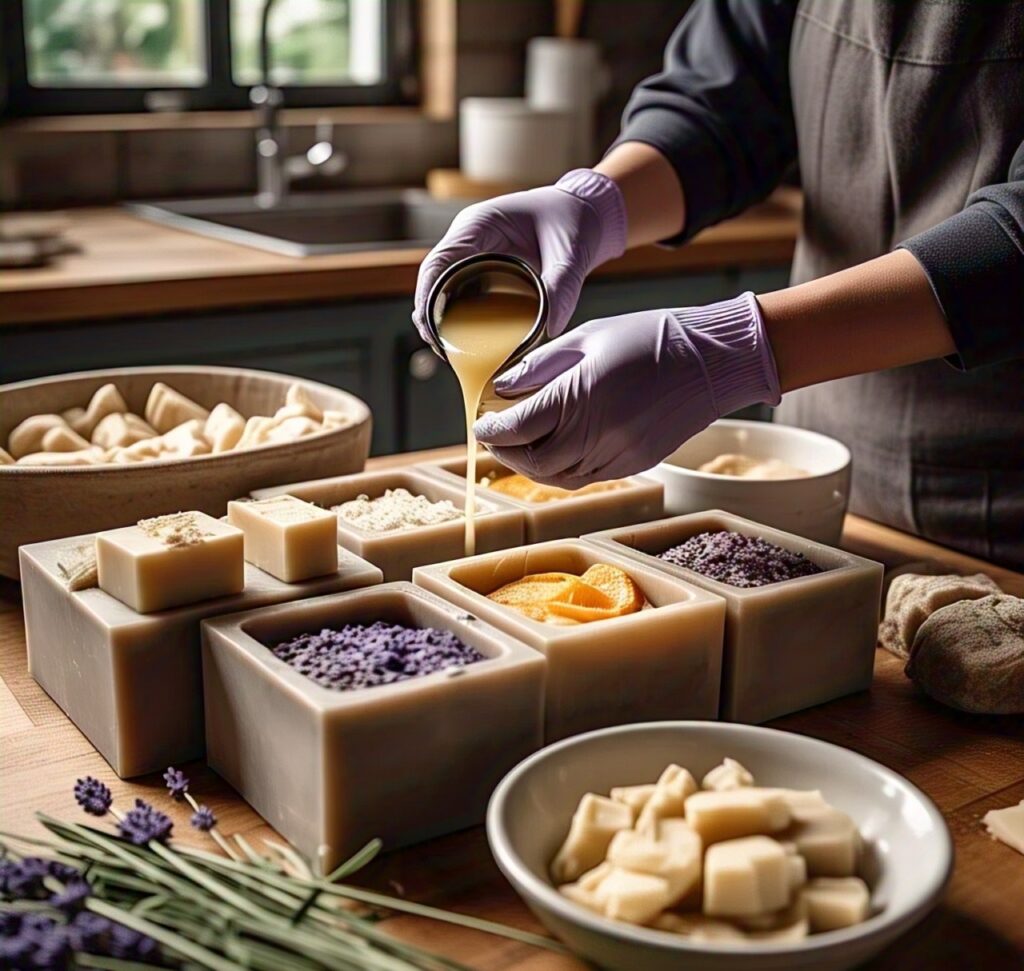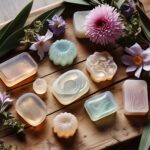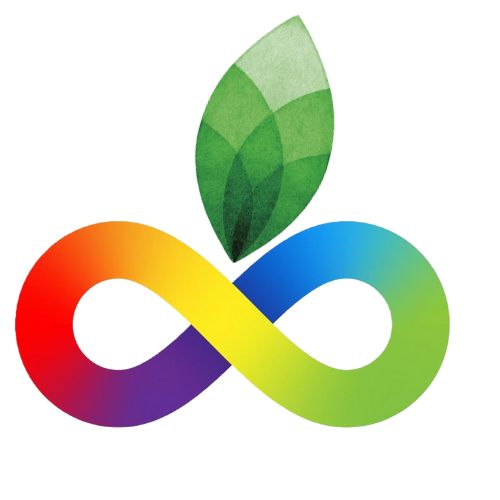“I switched to homemade soap, and my skin—not to mention my conscience—felt better instantly.” Sound familiar? If you’re curious about cleaner routines, allergy-safe skincare, or reducing plastic waste, homemade soap is a game changer. This guide walks you through what it is, how it stacks up against commercial options, why it’s so beneficial, and how you can craft your own bars safely.
🔍 What Is Homemade Soap?
Homemade soap refers to bars crafted from scratch using a process called saponification, where fats (like olive or coconut oil) react with sodium hydroxide (lye). This traditional method contrasts sharply with commercial or “synthetic” soaps, which rely on detergents and preservatives for mass production.

There are three popular home methods:
- Cold Process: Classic and customizable, but takes 4–6 weeks to cure.
- Hot Process: Faster to cure, yet has a rustic appearance.
- Melt & Pour: Beginner-friendly—no lye handling needed.
This guide focuses on the cold process method for full control over ingredients, addictively fun experimentation, and best results.
🧪 Homemade vs. Commercial Soap: A Comparison
| Feature | Homemade Soap | Commercial Soap |
|---|---|---|
| Ingredients | Natural oils, lye, and optional essential oils | Surfactants, preservatives, artificial fragrances |
| Glycerin Content | Retained (moisturizing humectant) | Often removed |
| Skin Benefits | Customizable for skin type, sensitive-friendly | May irritate or dry skin |
| Environmental Impact | Biodegradable, low-waste packaging | Synthetic chemicals, plastic packaging |
| Transparency | You control every ingredient | Ingredient lists can be vague |
| Cost | Economical long term | Cheap upfront, but chemical exposure may cost more |
Homemade soap is more than a DIY hobby—it’s a healthier, eco-conscious choice backed by tradition and science.
🧠 Why Homemade Soap Wins: Benefits You’ll Love
1. Complete Ingredient Control
You decide what goes in—ideal for people with eczema, allergies, or those avoiding synthetic chemicals. Choose olive oil for gentle lather, shea butter for moisture, and essential oils for clean, natural fragrance.
2. Natural Glycerin Retained
Manufacturers often remove glycerin (a natural moisturizer) to sell separately. Homemade soaps keep this beneficial humectant, adding layers of hydration to your skin.
3. Budget-Friendly & Sustainable
A $50 starter kit lasts for months, versus weekly trips to big-box stores. You avoid plastic packaging entirely by using reusable molds and minimal wrapping.
4. Creative & Therapeutic
Crafting lye soap is like painting—with scent! Designing layered swirls, embedding herbs, or stamping bars is meditative and deeply satisfying.
5. Eco-Friendly & Low-Waste
By using plant-based oils and compostable or reusable materials, homemade soap reduces chemical runoff and plastic usage—hugely aligning with green living.
✅ A Deep Dive into Cold Process Homemade Soap
Step 1: Gather Ingredients
- Fats & oils: Olive, coconut, palm, shea butter
- Lye (sodium hydroxide) + distilled water
- Additives: Essential oils, clays, oats, honey, botanicals
Make sure to use a soap calculator to balance your recipe safely packerspine.com+2osmiaskincare.com+2justlikejane.com+2osmiaskincare.com+3eight-acres.com.au+3poison.org+3justlikejane.comblog.anthonythomas.comhealth.comverywellhealth.com+12poison.org+12chagrinvalleysoapandsalve.com+12chagrinvalleysoapandsalve.compeaksoap.com+2en.wikipedia.org+2osmiaskincare.com+2.

Step 2: Ensure Safety
Always use gloves, goggles, and proper ventilation. Poison Control recommends caution with lye handling poison.org.
Step 3: Prep
Weigh everything precisely using a digital scale. Prepare molds by lining with freezer paper or using silicone molds.
Step 4: Combine & Trace
Mix lye into water (never reverse), wait until 100‑110°F. Melt oils similarly. Blend with a stick blender until reaching “trace”—a custard-like consistency.
Step 5: Customize
Add essential oils or natural additives. Stir gently but thoroughly to distribute uniformly.
Step 6: Pour & Insulate
Pour into molds, cover with plastic and towels to retain heat. Let sit 24‑48 hours until solid.
Step 7: Cut & Cure
Unmold, slice bars, then cure for 4–6 weeks on a rack. This hardens the soap and improves milder lather.
❤️ Unique Insights from the Soap-Craft Community
From Reddit users:
“My eczema cleared up once I switched to homemade soap with olive oil and oatmeal.” health.com+5reddit.com+5poison.org+5
“I design my soaps to look like galaxies—craft plus clean, every day.”
These candid stories show how homemade soap can address skin needs and spark creative joy.
🔬 Research & Credibility in Homemade Soap
A study on herbal cold-process soaps highlights the added benefits of plant-based additives for sensitive skin poison.org+15actascientific.com+15justlikejane.com+15.
Plus, the global market for organic and artisan soaps is booming—projected to hit $4.17 billion by 2032 fortunebusinessinsights.com—driven by rising consumer interest in natural, sustainable skincare.
💡 Tips for Soapmaking Success
- Use a calculator: Avoid guesswork.
- Stay safe: Always follow lye safety protocols.
- Test small batches: Start with a 500 g oil ratio.
- Cure fully: Patience = hard, long-lasting bars.
- Protect from moisture: Store between uses on a draining dish.
🚫 Common Mistakes to Avoid
- Skipping scale-based measurement
- Reversing lye and water mixing—big no-no
- Using aluminum tools (caustic lye reacts)
- Not insulating molds—leading to weak bars
- Rushing the cure—results in soft, chalky bars
🧾 Benefits Summary Table
| Benefit | Homemade Soap |
|---|---|
| Customizable ingredients | ✔ choose oils, scents, colors |
| Glycerin retention | ✔ natural skin moisturizer |
| Cost vs. lifespan | ✔ cheap long-term investment |
| Skin and eco-friendliness | ✔ no harsh chemicals, biodegradable |
| Craft & mindfulness | ✔ creative ritual with personal meaning |
🎯 Should You Make Homemade Soap?
Yes—if you:
- Want control over your skincare
- Prefer natural ingredients
- Love creative crafts
- Care about environmental impact
While it takes time and care, the payoff is satisfying, cost-effective, and eco-conscious soap bars.
✅ Final Thoughts & Call-to-Action
Homemade soap balances tradition and innovation—providing a clean, creative, and environmentally conscious cleanse. It’s a small change with meaningful impact: for your skin and the planet.
Now it’s your turn.
💬 Share your favorite essential oil blend below!
🧼 Already making soap? Comment with your biggest tip.
🔔 Subscribe for more DIY beauty tips and eco-friendly inspiration!



